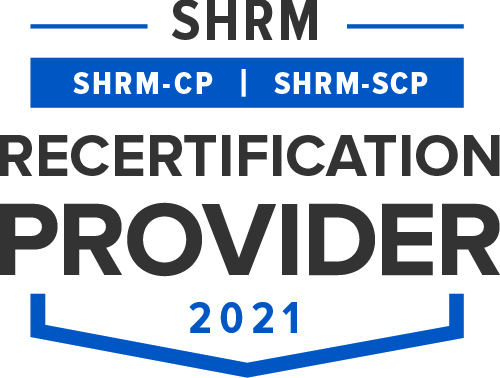Robert Combs over at Fast Company had a brilliant article recently, and if you’re in Recruiting or HR, it’s a must-read! If you’re looking for a job, it’s also a must-read!
Here was Robert’s concept. A.I. (robots) are running the world. It’s the biggest innovation to come into recruiting since Big Data (wait, didn’t we always have data…). If robots can run the application process and find you where ever you are, Robert thought, why not use a robot to apply to jobs for him. Let the robots fight it out!
So, that’s what he did, he built a robot to go out and find jobs he would want, apply to those jobs, and then even follow up!
He applied to hundreds of jobs in minutes! It got a bit out of control:
So I started slowly casting about for new challenges, initially by applying (perhaps naively) to openings at well-known tech companies like Google, Slack, Facebook, and Squarespace.
Two things quickly became clear to me:
- I’m up against leaders in their field, so my resume doesn’t always jump to the top of the pile.
- Robots read every application.
The robots are “applicant tracking systems” (ATS), commonly used tools for sorting job applications. They automatically filter out candidates based on keywords, skills, former employers, years of experience, schools attended, and the like.
As soon as I realized I was going up against robots, I decided to turn the tables–and built my own…I fired it up I accidentally applied to about 1,300 jobs in the Midwest during the time it took me to get a cup of coffee across the street. I live in New York City and had no plans to relocate, so I quickly shut it down until I could release a new version.
After several iterations and a few embarrassing hiccups, I settled on version 5.0, which applied to 538 jobs over about a three-month period.
So, what did Robert find out? Here were his biggest learnings:
1. Even your ATS robots suck at giving responses! Around 70% of his applications never got a response!
2. Only 4% of 538 jobs he applied for, got a personal email response from a recruiter.
3. Only about 6% of your hires come from people applying to your career site.
Robert found out what most of us in the business already know. Applying to jobs doesn’t actually work. Yet, we spend so much time, energy, and resources building these great tech stacks and apply processes for just his!
So, what works?
Turns out about 85% of jobs are filled by good old fashion networking. You know someone, who knows someone, who has a friend, whose cousin works in the department you really want to work for.
“Out-of-the-box hires rarely happen through LinkedIn (or any job board, career site) applications. They happen when someone influential meets a really interesting person and says, ‘Let’s create a position for you.’”
I disagree somewhat with the above quote. I’ve worked in large corporate TA shops, we just didn’t run around all willy-nilly creating jobs for really cool, smart people! We did many times find really great people and then stick them into a job we already had open, and usually, the reason we found the person was someone who knew the job was openly referred the person to us.
My advice to job seekers is always the same. Stop applying to jobs, start networking with every person you have a possible shred of connection with, and let them know you’re looking for a position, what position you prefer, what position you would take, and where in the world you would work.
Every minute you spend networking is a thousand times better than every minute you spend online applying for jobs. Robert just proved this!

